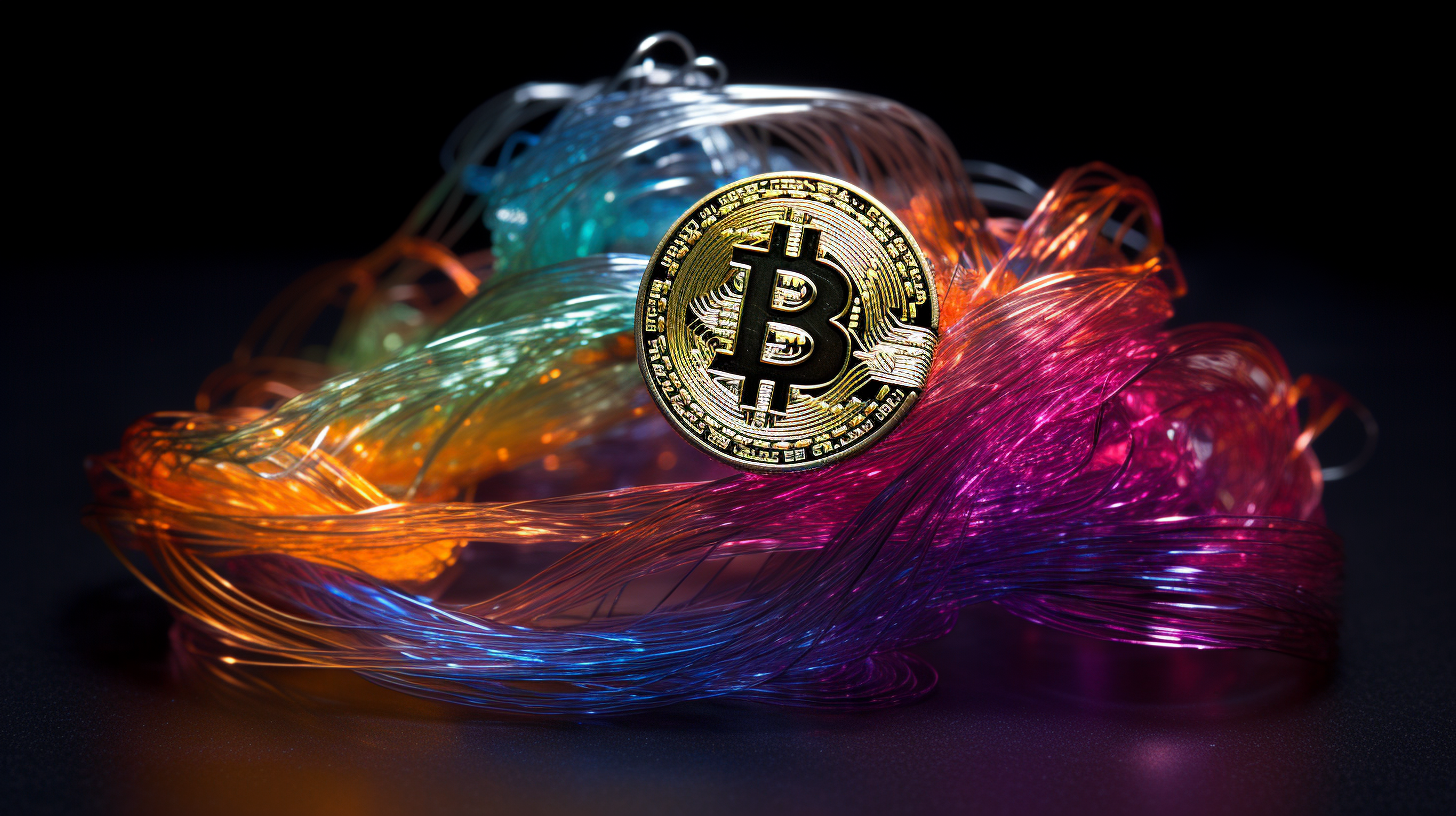Imagine a world where wealth is not stored in vaults, but flows like electricity through a global, incorruptible network. Web 3.0, also known as the decentralized web, is not just a buzzword in tech circles; it’s the silk from which the fabric of a new economy is being woven. In this reality, cryptocurrencies are the warp and weft creating patterns never seen before. How does this digital transformation redefine material wealth? Let’s unravel the threads of this intricate tapestry.
At its core, Web 3.0 represents the evolution of the internet’s functionality and user agency. It leverages blockchain technology to create a user-centric internet with decentralized ownership and governance. This directly impacts how wealth is generated, stored, and distributed.
Consider the rise of Non-Fungible Tokens (NFTs). As digital certificates of ownership for virtual assets, NFTs have assigned real, tangible value to digital art and creations. Artists, often sidelined in the traditional art world, find empowerment by connecting directly with the audience, cutting out middlemen.
The Web 3.0 economy also sees the tokenization of assets — a process where physical assets, like real estate or gold, are represented by digital tokens, allowing for fractional ownership and altering the very concept of investment. This democratizes investment opportunities, giving rise to a society where anyone can own a piece of the Mona Lisa or a rental property in Manhattan, fractions at a time.
Decentralized Finance (DeFi) takes center stage in this tale of monetary metamorphosis. Banking without banks? Lending without loan officers? Web 3.0 makes it possible. With DeFi, users gain autonomy over their money, engaging in peer-to-peer financial services on blockchain platforms, eliminating the need for traditional financial intermediaries. Consequently, DeFi challenges the notion of centralized control over one’s wealth and opens the gateway for inclusive financial services.
As crypto-cities rise from the ideals of a paperless currency, the landscape of daily life changes. Digital wallets don’t just replace physical ones; they transform everyday transactions. Imagine buying a coffee, not with a couple of coins, but with a sliver of cryptocurrency that appreciates as you sip your brew — a paradigm shift from the depreciating nature of fiat currencies.
However, the fabric of a Web 3.0 economy is not without its knots and snarls. Cryptocurrency volatility poses a challenge, as the worth of digital currencies can fluctuate wildly. Like a fine silk that’s susceptible to the elements, a robust framework for stablecoins and regulatory mechanisms are the need of the hour to weather the storms of economic changes.
What we are witnessing isn’t just the early stages of a financial revolution; it’s a redefinition of material wealth itself. With Web 3.0, the dematerialization of money turns material wealth into digital signals, and in doing so, challenges our conventional approaches to ownership, value, and investment.
In conclusion, as we thread our way through this world of decentralized currencies, one thing becomes clear — the very fabric of how we view and accumulate wealth is being redefined. Will these digital threads continue to weave a stable and sustainable economy, or are they creating a complex web that will need unraveling? This conversation has only just begun, and the potential for a follow-up is high.
